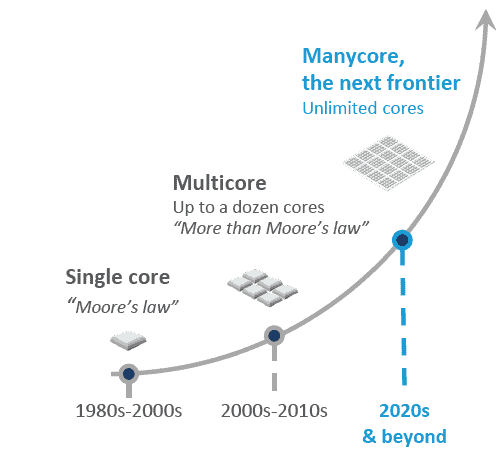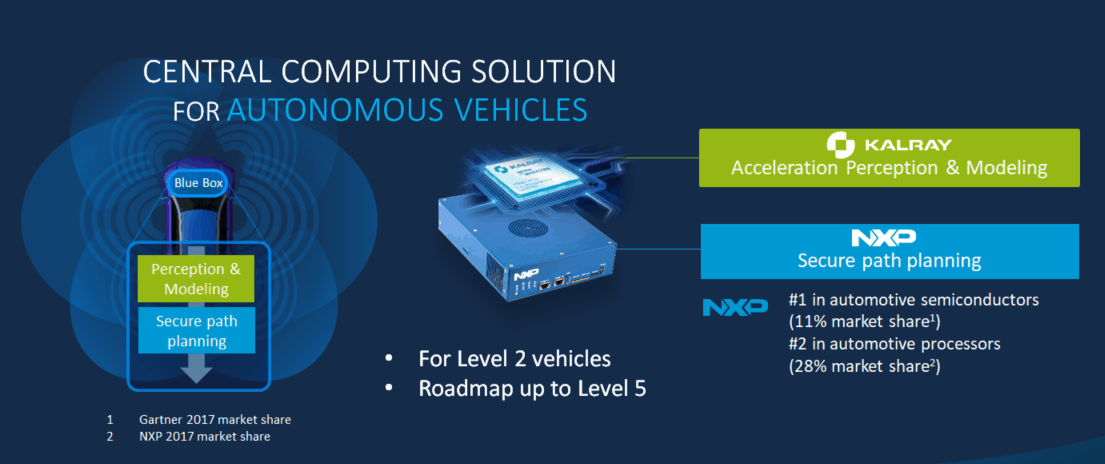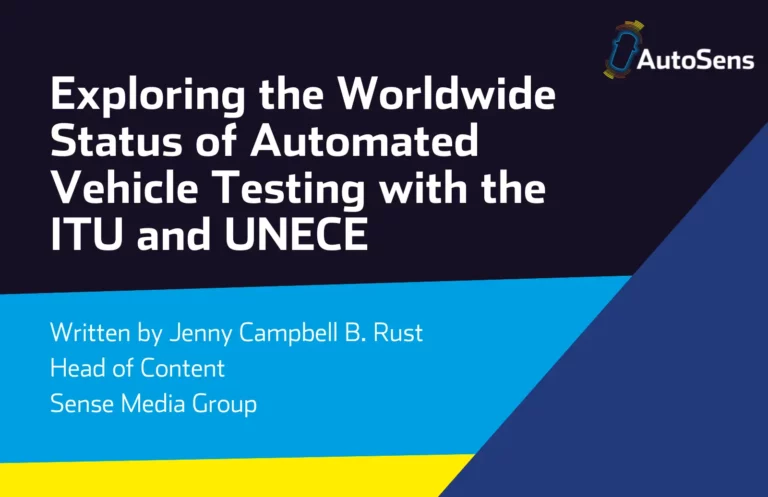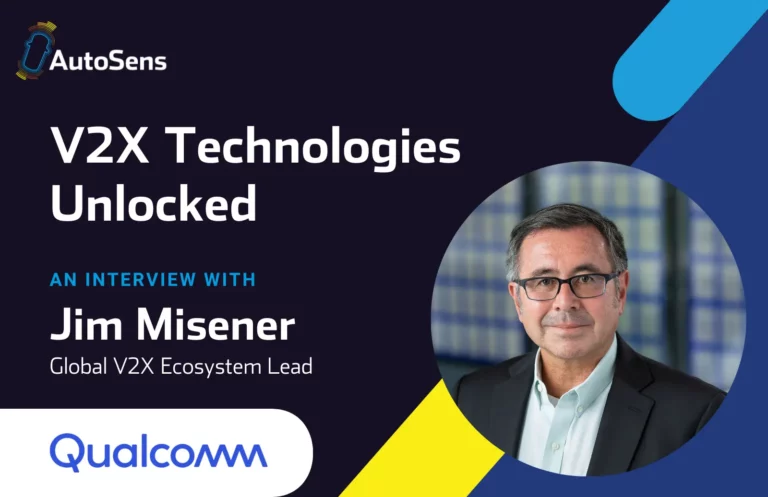 Carl Anthony, Founder of AutoVision News, chats to Stephane Strahm, Senior Product Marketing Manager at Kalray. You can catch Stephane’s presentation on ‘How the Manycore architecture can support multiple types of sensors computing needs’ from our first week of AutoSens 2020 on-demand now, with your AutoSens 2020 ticket.
Carl Anthony, Founder of AutoVision News, chats to Stephane Strahm, Senior Product Marketing Manager at Kalray. You can catch Stephane’s presentation on ‘How the Manycore architecture can support multiple types of sensors computing needs’ from our first week of AutoSens 2020 on-demand now, with your AutoSens 2020 ticket.
Tell us a little bit about Kalray, and your involvement in the automotive industry.
Kalray is a pioneer in processors for new intelligent systems. Along with data centers, the automotive industry is another of our main focus areas. We are looking at addressing the key business issues that OEMs and Tier 1’s are facing regarding performance and aggregating functions into one system.
What are the main challenges that you’re seeing in the automotive industry in terms of performance, aggregation and heterogeneous multi-processing?
The industry is shifting, and at the core is the ability to add new features for perception. The main challenge here is the requirement for a lot more computing power than previously, with improved performance.
Over the last 20-30 years, each time a new feature came into the car we were adding a new ECU into the car, resulting in us seeing up to 80-100 ECU’s into the car today, plus all the cables and hardware needed to connect them.
This is not compatible with the new approach of electrification, where it’s essential to consider weight and power consumption. So suddenly the big issue that the current industry is facing is: How do I include these new features and performance without complicating the system? This is where electronic architecture is developing and moving to aggregate functions into a single ECU or even into single high performance chips.
So why is heterogeneous multi-processing essential for the automotive industry today, for sensors and for edge computing in general?
For example, perception in a car requires computer vision, AI, and many other algorithms, and that’s the first step. All these algorithms have to run efficiently on your platform. Car makers are adding more and more sensors: LiDAR, RADAR, or any type of sensor that generates a lot of input data, with each sensor requiring a specific type of processing algorithm.
To address this without multiplying the number of ECUs, cards and interfaces, you need a platform and a chip which is capable of heterogeneous computing so you can combine all of this computation into a single chip.
What is an intelligent processor? Can you give us an overview?
According to Deloitte Digital, in the last 2 years, humans and machines have created 9 times more data than since the beginning of humanity and it continues to grow exponentially.
To meet these new needs related to the data deluge, the industry requires a new type of processor that has the capability to capture and analyze on the fly a very large amount of information, close to where the it was generated and react in real time based on this data. This is called an “intelligent” processor.
Kalray is a pioneer in a new generation of processors for intelligent systems. We have developed a unique MPPA© (Massively Parallel Processor Array) manycore technology, which perfectly fits these needs. We released Coolidge™, our third generation of MPPA® processor earlier in January 2020 at the latest CES in Las Vegas.
These processors are capable of running demanding AI algorithms and simultaneously a wide set of different processing and control tasks such as mathematical algorithms, signal processing, network or storage software stacks. Intelligent Processors are the perfect fit for fast-growing sectors of Edge Computing and AI: Intelligent vehicles with ADAS/AD functions from L2 to L5, modern data centers, networks (5G, healthcare equipment, industry 4.0, drones and robots…
In the past, we have had a very powerful chip for this in servers, but now we are talking about chips that are required to manage a lot of data, in real-time, with a high level of processing, and be close to where data is generated. And that’s what we’re seeing in intelligent processors now.
So how can this intelligent processor be used? Is it an accelerator, or is it a stand-alone model?
Our MPPA® intelligent processors can be used in both modes: acceleration or stand-alone mode.
When you need the capability to accelerate computer vision or AI, you can actually use the same CPU to run your application and add our chip to take care of the acceleration. Offloading the computing on the chip is what is called acceleration.
However, if you optimize your overall system and choose a production type of approach, you can actually move this application from the initial CPU to our chip, and then it’s fully aggregated onto one chip. This is the stand-alone model.
We’ve talked a little bit about your technology, let’s talk about the business side of Kalray. You have a new strategic partnership to announce, tell us about that new strategic partnership.
Going into this market is a challenge by itself, as a new player with new technology. We are very proud to be in a strategic relationship with NXP Semiconductor, one of the most well-established and expert company in the automotive semi-conductor industry. Together with NXP, we intend to bring an integrated, scalable solution to the automotive market, including CPU processing, neural network computing, functional safety capabilities, and an optimized tool chain – together providing the necessary requirements for next-generation ADAS and automated driving systems. The next generation of the NXP BlueBox autonomous driving reference platform is set to integrate Kalray’s MPPA® Intelligent Processors and provide it to both automotive customers and NXP BlueBox eco-system.
Tell us Stephane, how do customers go about contacting you?
The easiest way and the way we have a lot of contacts is by our website, kalrayinc.com. We also regularly post news on Linkedin and Twitter. Follow us to stay in touch!











